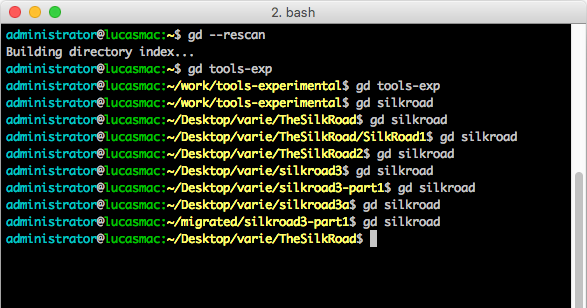
Wild Atlantic Way – Aug 2023
It had been 3 years after my last bicycle expedition. In the summer of 2023 that all consuming...

Go Directory Utility
The idea Years ago (we are talking early nineties!) I was exposed to a MS/DOS cli replacement called...
